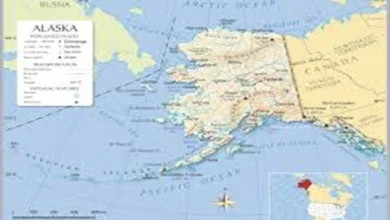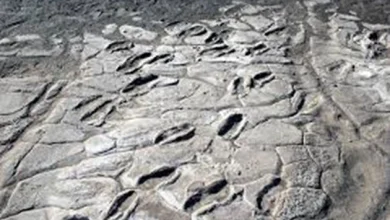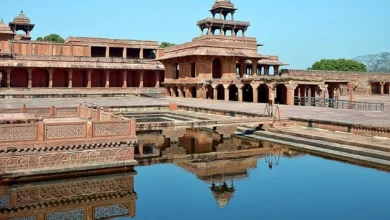5 famous explorers who disappeared without a trace
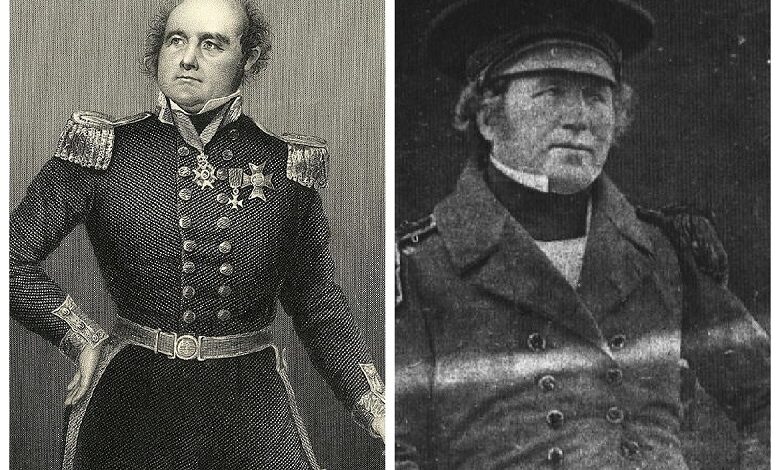
Famous explorers and adventurers often set out on dangerous journeys. Such expeditions have always been carefully thought out and prepared.
Nevertheless, all these experienced people often disappeared without any trace under exceptionally, very mysterious circumstances. Remains and hints of some groups were never found. These famous explorers traveled to the most distant corners of the Earth, never to be seen again.
1. Percy Fawcett
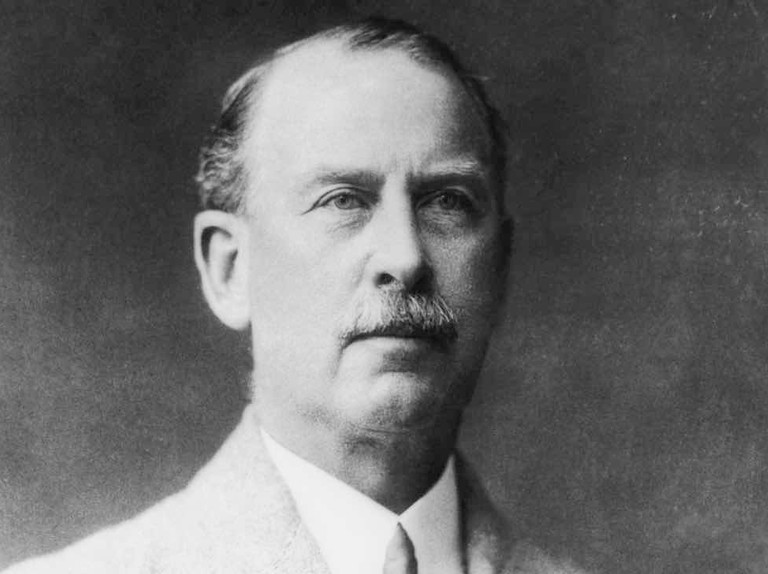
The unforgiving Amazon jungle has claimed the lives of more than one adventurer, and Colonel Percy Fawcett is probably the most famous of them all. He disappeared in 1925. His expedition was organized to search for the mythical lost city. Before this, the researcher became famous for his scientific travels in Brazil and Bolivia’s wildlands to create maps. During his expeditions, Fawcett formulated the theory of a lost city called “Z.” The traveler believed that he was somewhere in the unexplored area of Mato Grosso in Brazil.
In 1925, the Colonel, his eldest son Jack and a young man named Raleigh Rimmell set out searching for the legendary lost city. Fawcett wrote in his last letter that they were going to uncharted lands. After that, the group disappeared without a trace. The fate of Fawcett’s expedition remains a mystery to scientists.
It is believed that hostile natives killed the members of the expedition. Some experts tend to blame such causes as malaria, hunger, wild animals for their possible death. Some researchers put forward the version that Fawcett and his group remained to live in the jungle with their native inhabitants. According to their understanding, the travelers lived the rest of their lives in the legendary lost city they found.
Be that as it may, the mysterious disappearance of the brave researchers still excites the minds of people around the world. Years after Fawcett’s disappearance, thousands of desperate adventurers set out to find them. Ultimately, over a hundred adventurers were consumed by the insatiable Amazon jungle.
2. George Bass

British navigator George Bass discovered the strait between Australia and Tasmania. He became famous because he disappeared without a trace during a trip to South America in 1803. In his youth, Bass was a ship’s surgeon. He served in the Royal Navy. The young man had a reputation for being a daring explorer. He once embarked on a desperate exploration trip along the east coast of Australia on a tiny ship called the Tom Thumb.
Bass dreamed of getting rich. To this end, as a private trader, he sailed to Australia in the early 1800s on a merchant ship. Unfortunately, Bass did not manage to get decent money for the trade cargo. After that, he decides to go to South America.
At the time, these were Spanish territories. Bass’s plan was banal smuggling.
The brave navigator set out to sea in February 1803. Nobody ever saw him again. Bass disappeared with his entire crew in the Pacific Ocean. Some scientists believe that the ship was most likely shipwrecked during a storm. Others claim that the sailors did make it to the coast of Chile. There they were arrested as smugglers. They spent the rest of their lives in hard labor in the mines.
3. Gaspar and Miguel Corte-Real

The two Corte Real brothers disappeared somewhere on the coast of modern-day Canada. In 1501, Gaspar, at the head of a fleet of three ships, set out on an expedition to the shores of Newfoundland. They captured several dozen residents and decided to send them to their homeland, Portugal, as slaves. Gaspar entrusted this mission to his brother. After he had to go after him, but that did not happen. Gaspard Corte-Real has disappeared.
Miguel Corte-Real decided to undertake a rescue operation in the New World in 1502. He was obsessed with the idea of finding his beloved brother. Upon arrival in Newfoundland, Miguel’s fleet split up. All ships carried out a thorough search along the entire coast. Two ships returned, but Miguel’s boat did not. He disappeared as completely as his brother.
The fate of the brothers to this day remains a mystery. In the early 20th century, there was some evidence that Miguel may not have died immediately after his disappearance. In 1918, Professor Brown discovered a stone slab at Daytona with very curious inscriptions. These suggested that Miguel was not killed. The inscription text read: “Miguel Corte-Real, by the will of God, the leader of the Indians.” If these inscriptions are authentic, then we can safely assume that at least one Corte Real not only managed to survive in the New World. He also managed to become the leader of a tribe of natives.
4. Jean-François de Galaup, comte de Laperouse
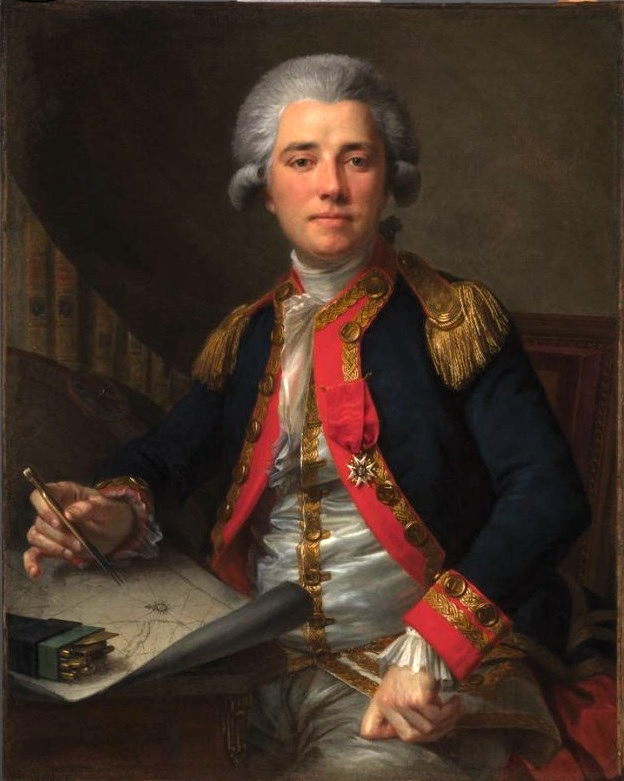
At the end of the 18th century, King Louis XVI of France sent explorer Jean-François de Galaup, Comte de Laperouse, on a splendid round-the-world map-making expedition. The expedition circled Cape Horn and spent the next several years exploring California, Alaska, Russia, Japan, Korea, and the Philippines. Laperouse reached the shores of Australia in 1788. After that, his tracks were lost. No traces of more than two hundred crew members and Laperouse himself were found.
Several decades passed before some traces of the expedition were found. In 1826, an Irish navigator named Peter Dillon learned from the natives that two ships had sunk near Vanikoro Island. Anchors and other wreckage belonging to La Perouse’s ships were later discovered. Also, the natives said that not all sailors were killed. Several people survived, and they lived on the island for some time.
Then they built a dilapidated ship and set off on it to the sea. The locals described the “leader” of the group very much like La Perouse. These allowed experts to assume that the famous navigator lived several years longer than previously thought. Unfortunately, he was doomed. After all, most likely, the boat died in the depths of the sea.
5. Sir John Franklin and Francis Crozier
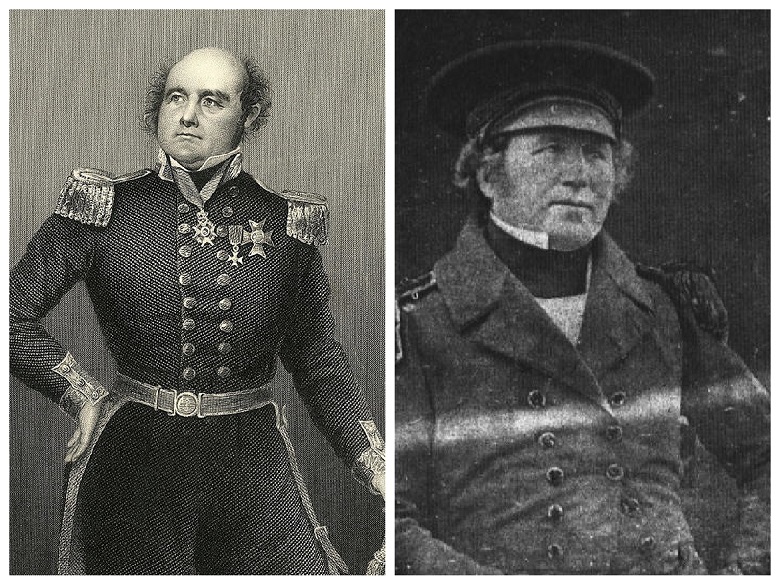
Sir John Franklin and Francis Crozier were some of the most famous polar explorers of the 19th century. They disappeared, and this marked the beginning of a long series of rescue operations. The explorers set off on their final voyage in 1845 on two ships: HMS Erebus and HMS Terror. They planned to find a sea route that connects the Atlantic and Pacific oceans. After the expedition left Baffin Island in July, it disappeared without a trace.
A rescue search group was organized only two years later. Then it was possible to find out that the researchers died in the ice. Their ships got stuck there in the winter of 1846. Although the expedition had provisions for three whole years, all conditions were packed in the lead. These decided the fate of the unfortunate sailors. Most likely, they very quickly weakened, they began to have delusions and hallucinations. Many, including Franklin, had died by mid-1848.
Franklin’s widow arranged for a search expedition. Almost five dozen ships went to it. They did not manage to find any traces then.
Locals who contacted the expedition later reported that Crozier was trying to lead the survivors south in search of help. Scientists believe that they all died during the trip. Recent research shows that cannibalism flourished among the group of survivors. In 2014, the wreckage of the Erebus ship was found just a dozen Mestras from the water. Two years later, other researchers found the nearly intact shipwreck of the Terror near Erebus.

